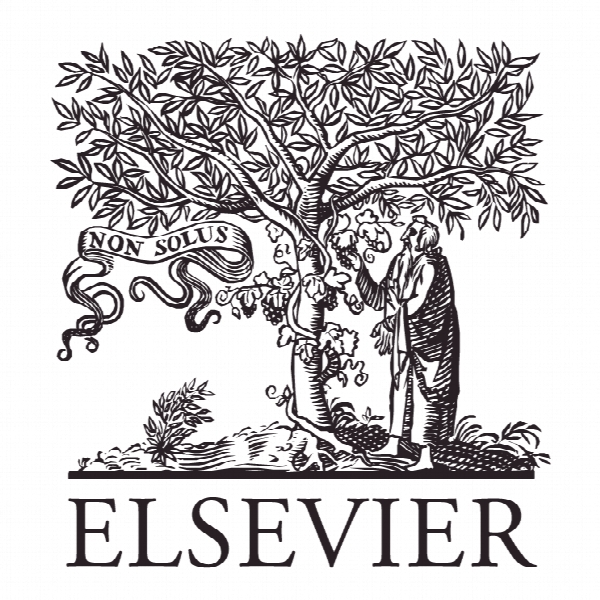طراحی سازگار مدیریت تغییر مهندسی در توسعه محصولات بسیار متنوع Adaptive Design of Engineering Change Management in Highly Iterative Product Development
- نوع فایل : کتاب
- زبان : انگلیسی
- ناشر : Elsevier
- چاپ و سال / کشور: 2018
توضیحات
رشته های مرتبط مدیریت
گرایش های مرتبط مدیریت صنعتی
مجله Procedia CIRP
دانشگاه Laboratory for Machine Tools and Production Engineering (WZL) of RWTH Aachen University – Germany
شناسه دیجیتال – doi https://doi.org/10.1016/j.procir.2018.02.016
منتشر شده در نشریه الزویر
کلمات کلیدی انگلیسی Engineering Change Management; Complexity Management; Agile Development; Highly Iterative Product Development
گرایش های مرتبط مدیریت صنعتی
مجله Procedia CIRP
دانشگاه Laboratory for Machine Tools and Production Engineering (WZL) of RWTH Aachen University – Germany
شناسه دیجیتال – doi https://doi.org/10.1016/j.procir.2018.02.016
منتشر شده در نشریه الزویر
کلمات کلیدی انگلیسی Engineering Change Management; Complexity Management; Agile Development; Highly Iterative Product Development
Description
3. State of the Art Though ECM is known to exhibit a low level of process maturity, several notable ECM frameworks exist [17, 18]. Huang (2001) proposes a web-based framework which provides computerized support to log, file, evaluate and issue EC’s, though the method fails to integrate Product Lifecycle Management (PLM) and Enterprise Resource Planning (ERP) data [19]. Chen (2002) proposes a framework to support the activities required by allied concurrent engineering, another commonly employed agile development paradigm [20]. Chen’s framework emphasizes dynamic configurability, flexibility heterogeneity and complexity as well as inter-enterprise communication and information consistency and is intended to integrate value-added activities by assigning them to the most qualified possible teams [20]. Rouibah (2003) proposes a workflow based ECM method to reflect the needs of customer order driven engineering [21]. Hamraz (2013) proposes a requirements-based framework using a literature based set of 25 key ECM requirements which focus on information consistency and flexibility [12]. This framework employs a linkage method to predict the effects of change implementation [12]. Analysis of the above frameworks reveals that functional prerequisite a) “socio-technicality” is generally addressed by existing frameworks, though some shortcomings exist such as lacking PLM and ERP integration [19, 21-23]. Functional prerequisite b), “consideration of the requirements of an ECM system”, is incompletely addressed by existing literature; only three frameworks providing a listing of influencing factors were identified by Hamraz (2013) and none provided information about ECM design elements [12]. Likewise only two known papers present comprehensive listings of ECM design elements and neither do so in consideration of integration with an influence model [17, 24]. To date, no known paper has presented influence or design models suitable for integration with a cause relationship model and no such relationship model is known to exist. Due to the resulting inability to alter ECM frameworks as their requirements change, no easy to use adaptive ECM model is known to exist; academically developed ECM frameworks in general have historically performed poorly in industrial contexts [12, 21]. Furthermore, no known paper considers the issue of ECM in the context of HIPD, though proprietary implementations of such ECM systems are known to exist in industry. As such, functional prerequisite c) “need for an easy-to-use adaptive ECM framework” is not satisfied by existing literature.


